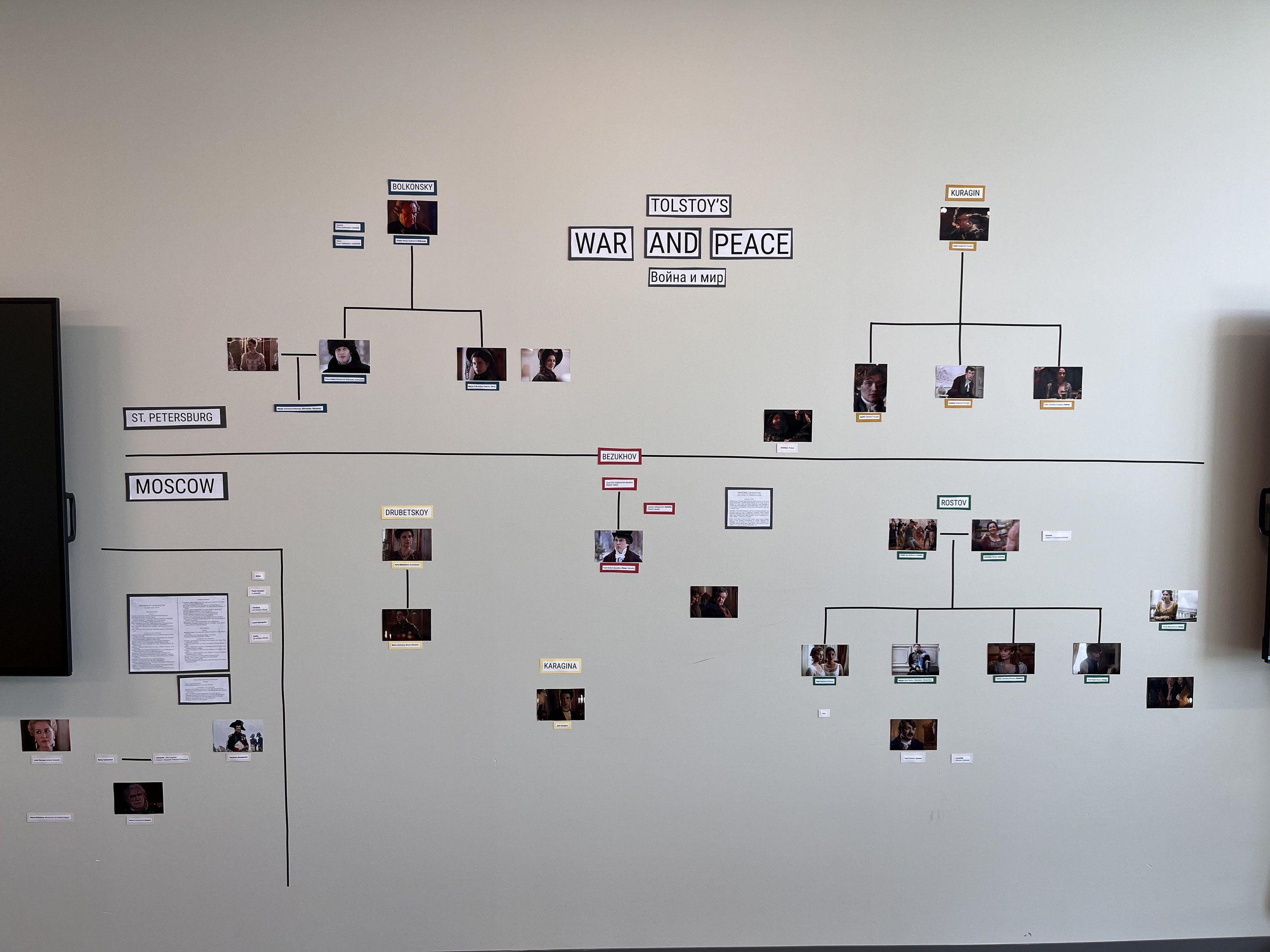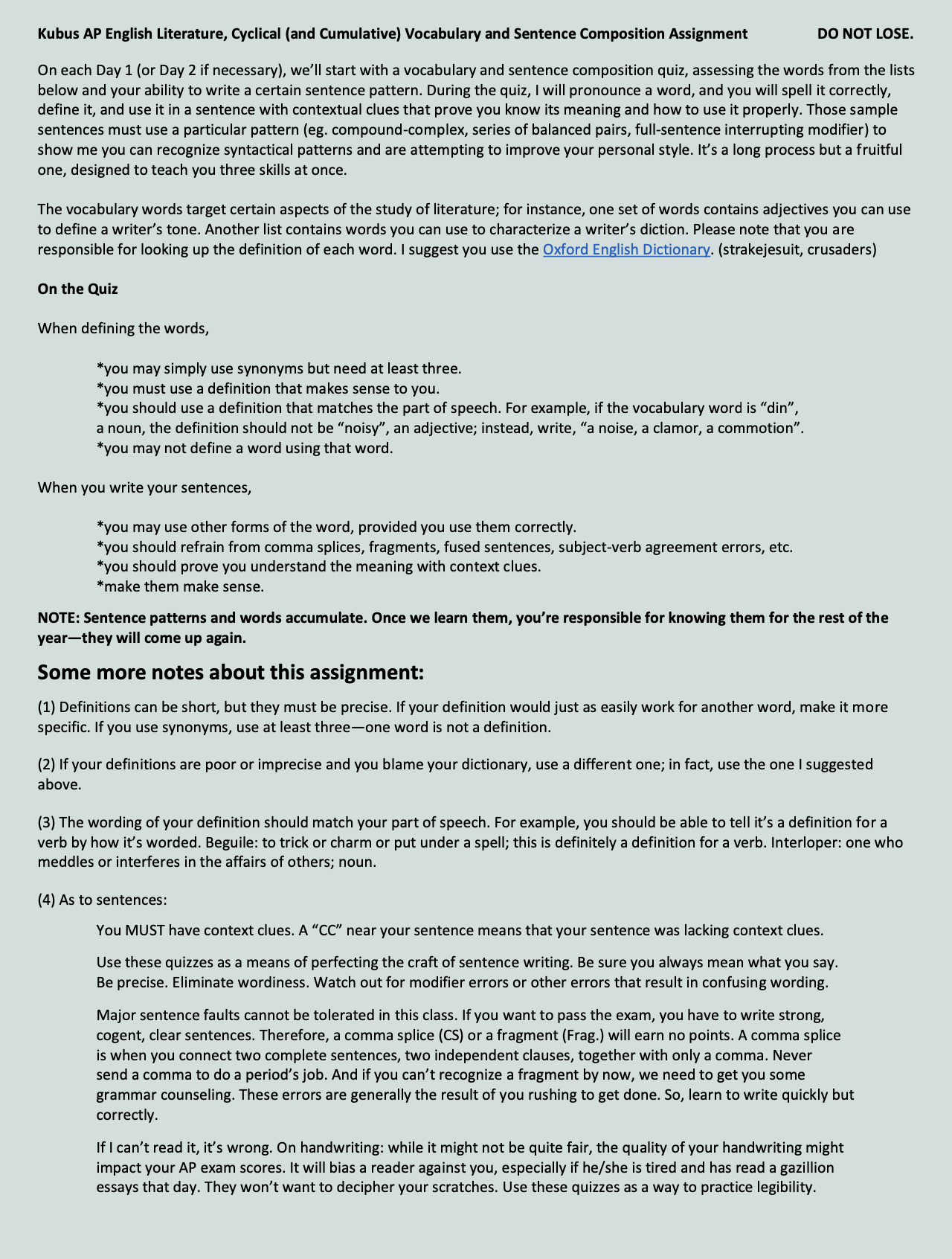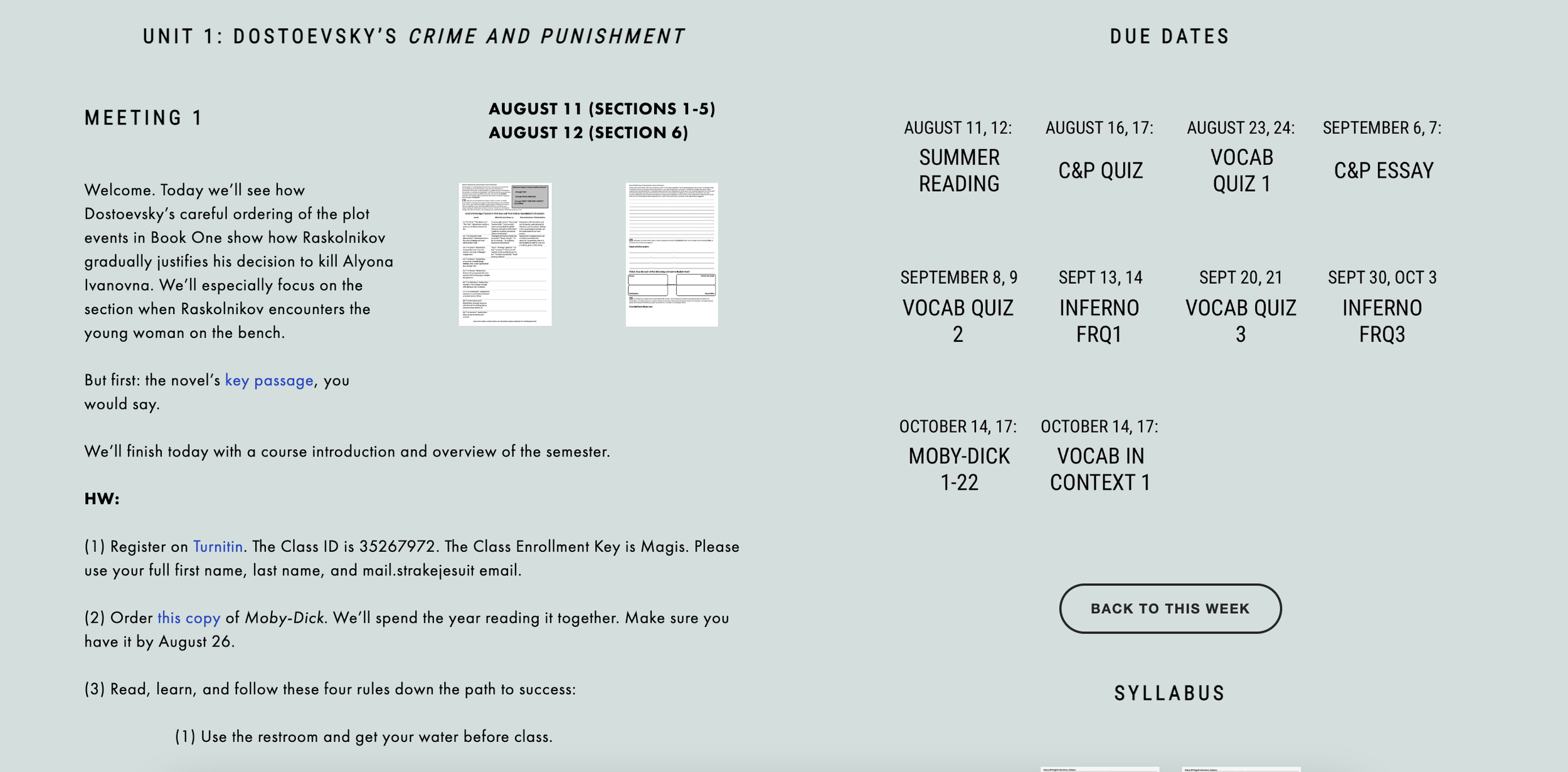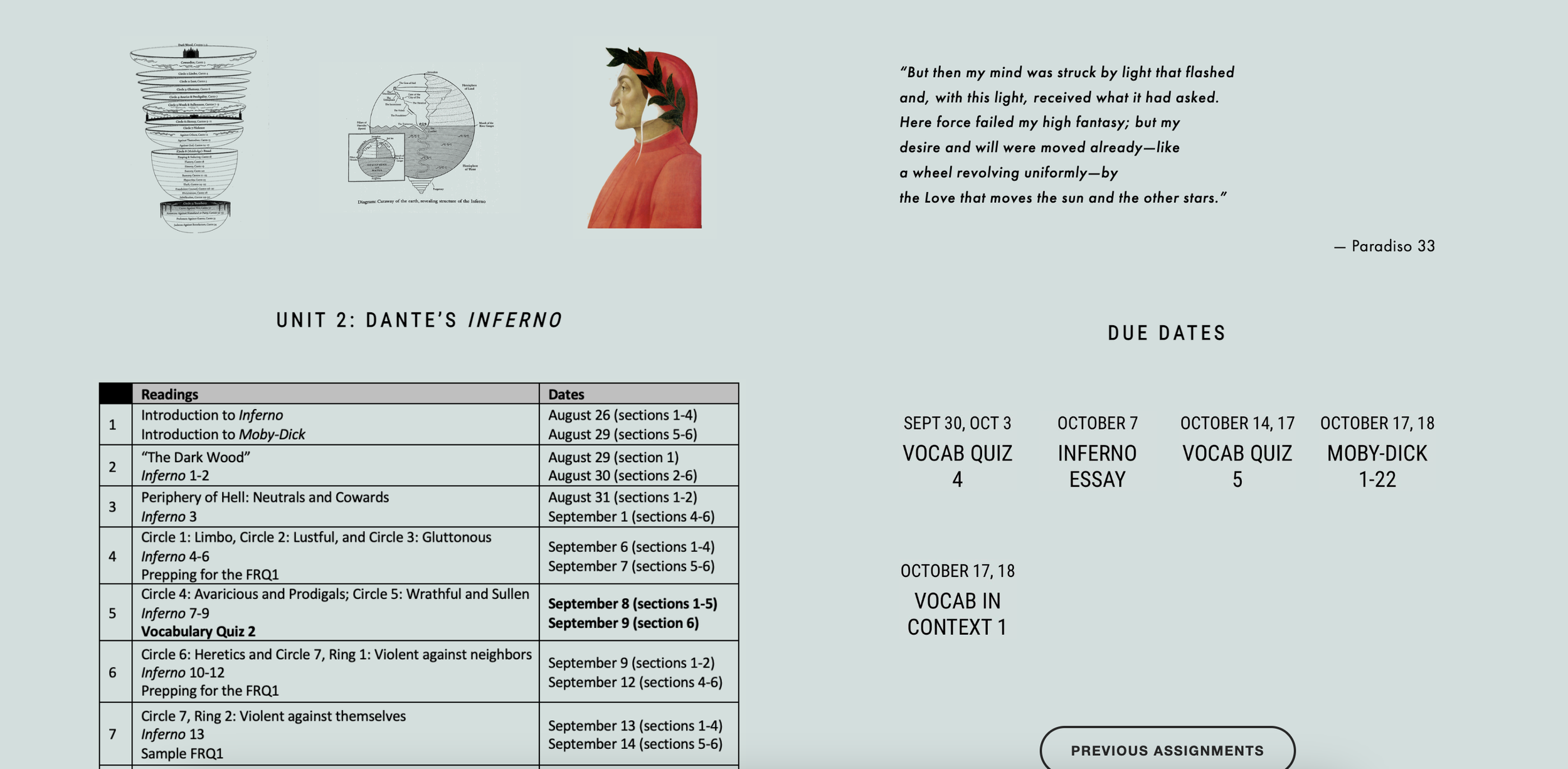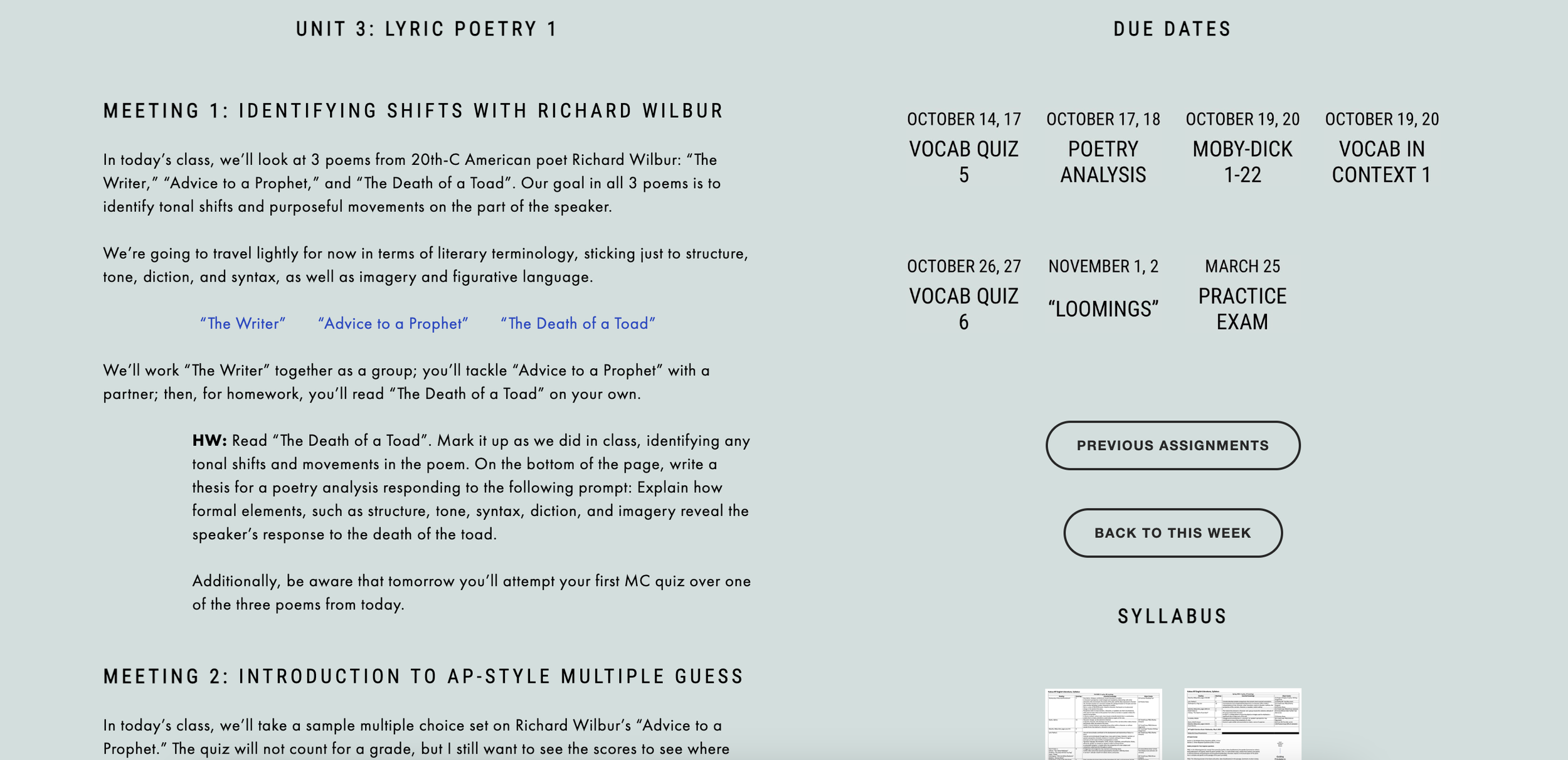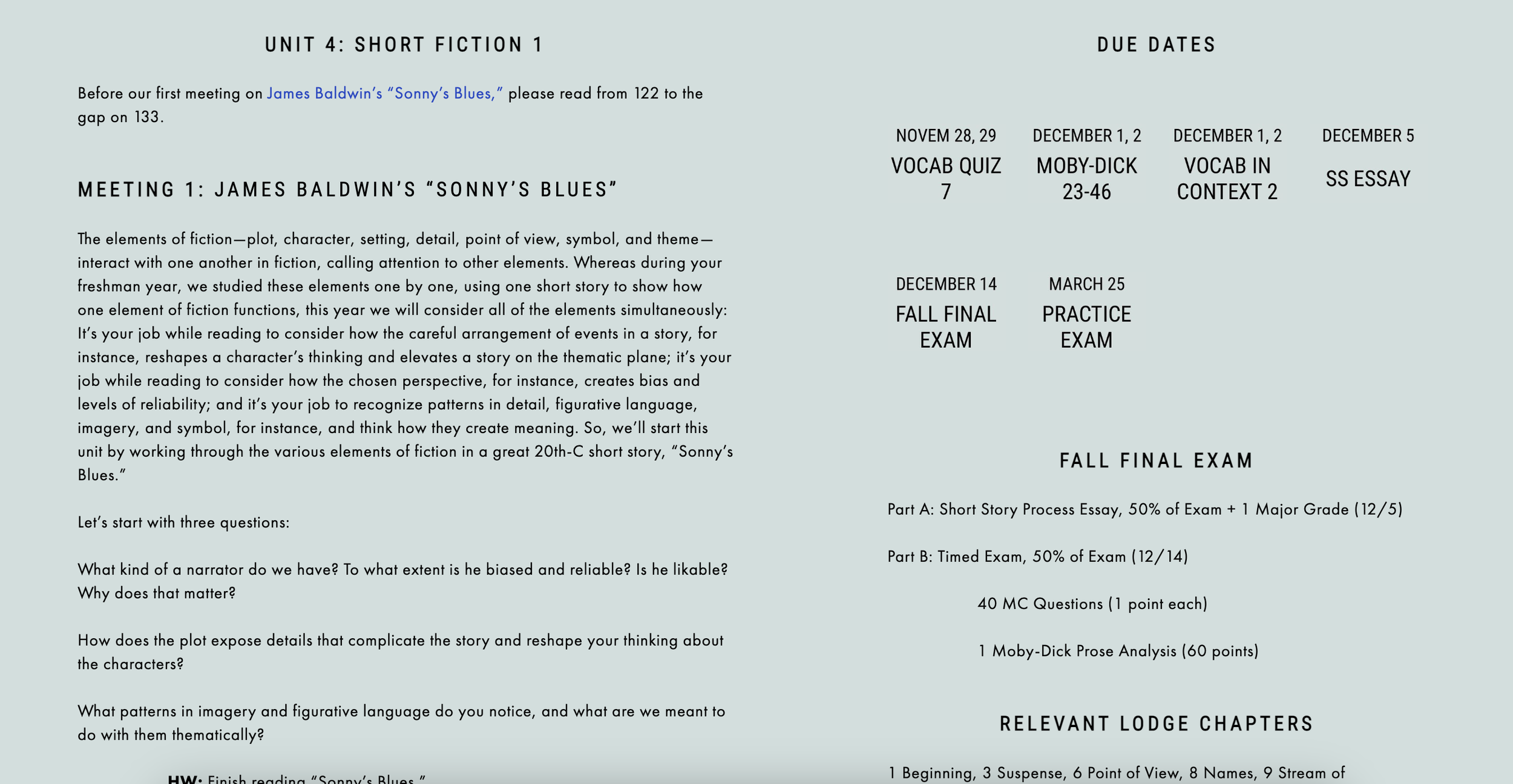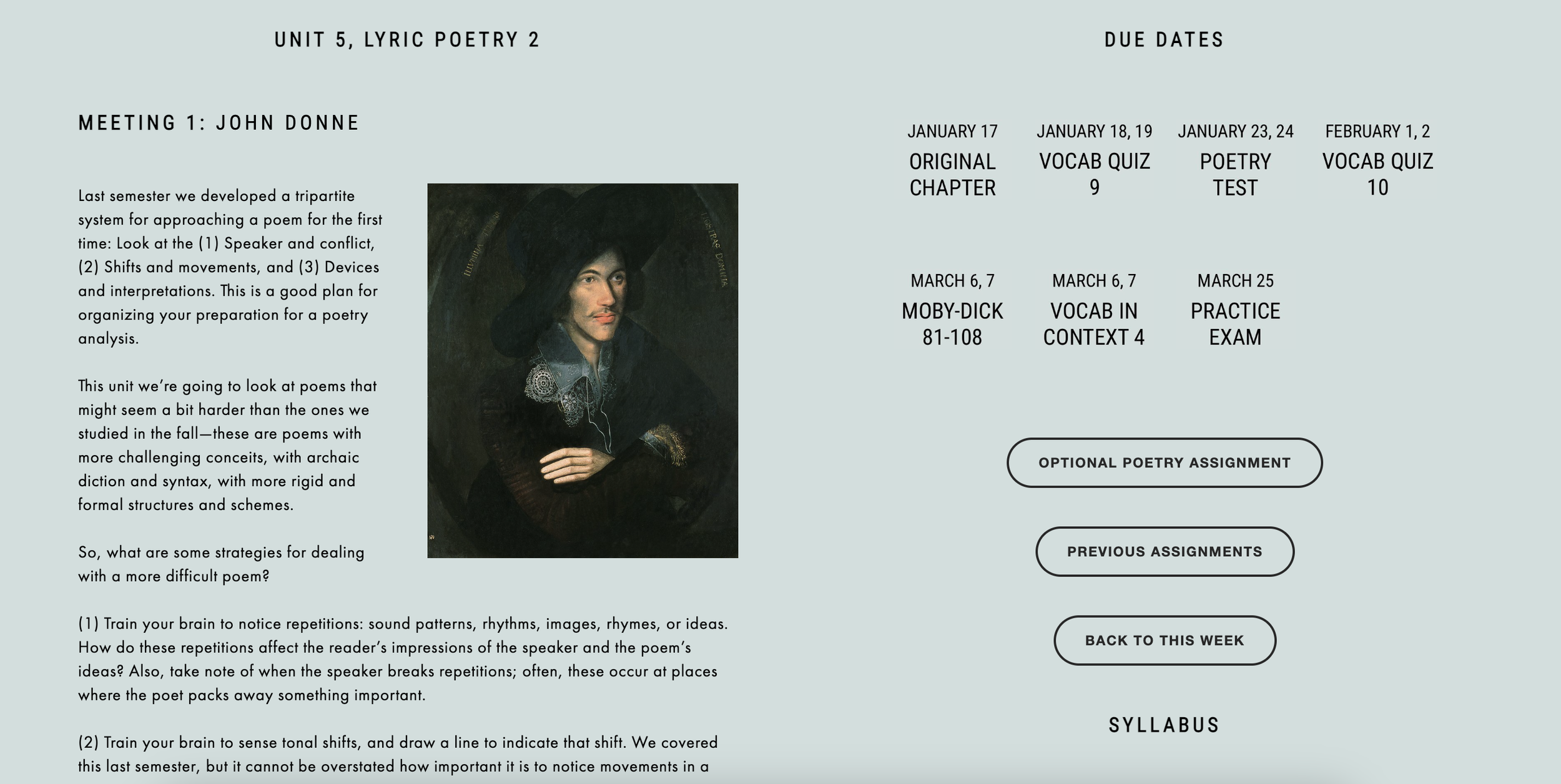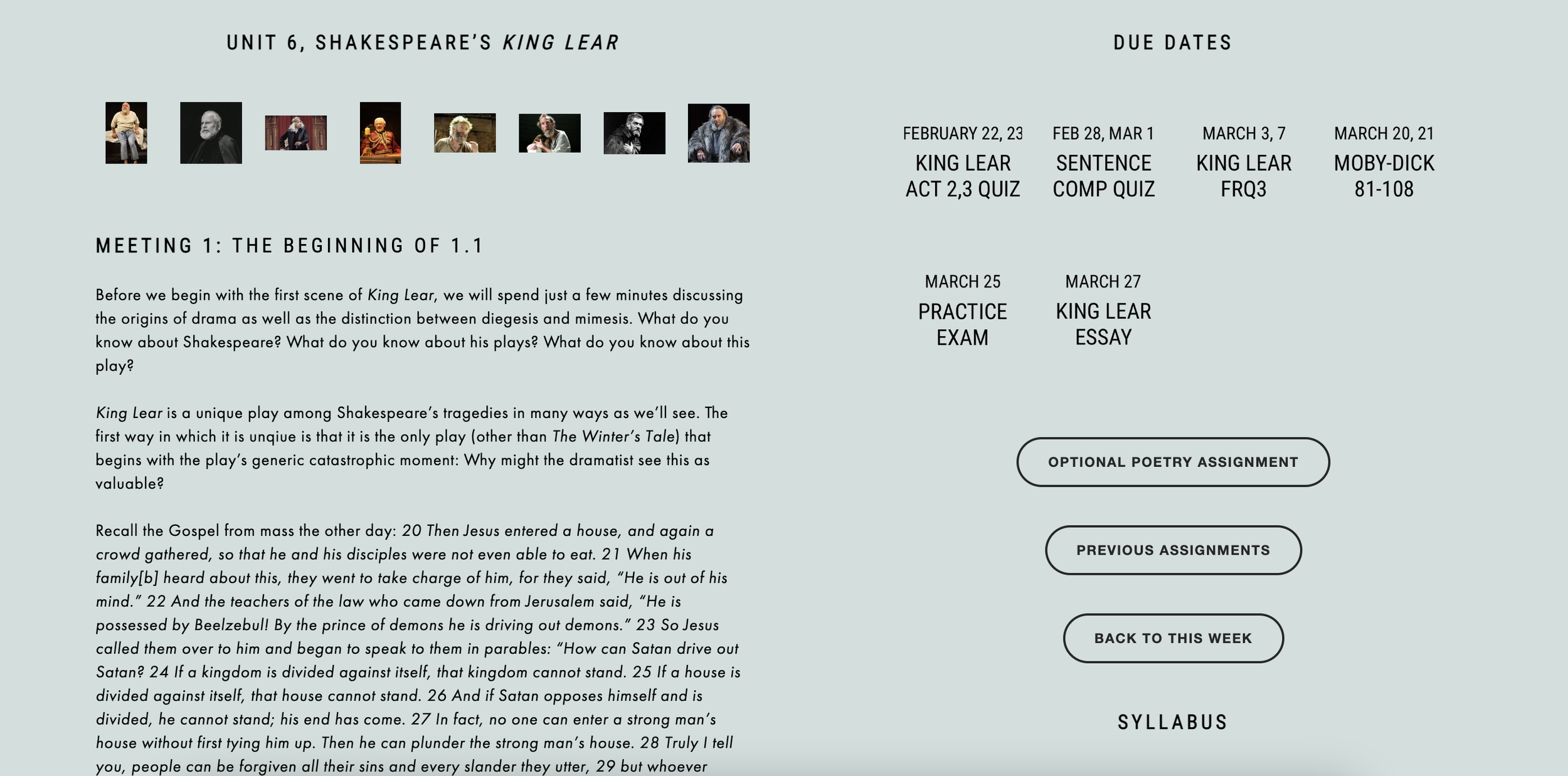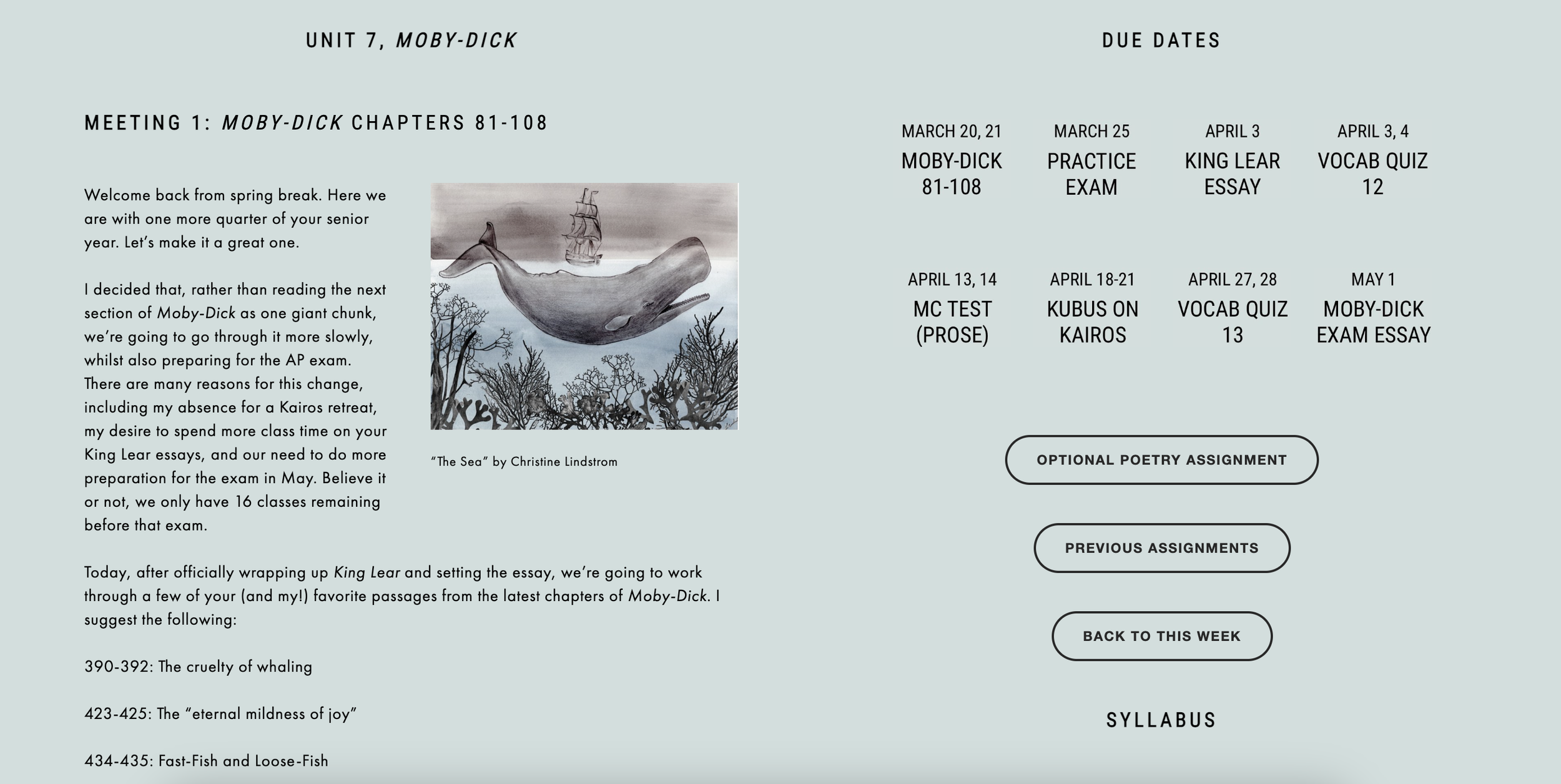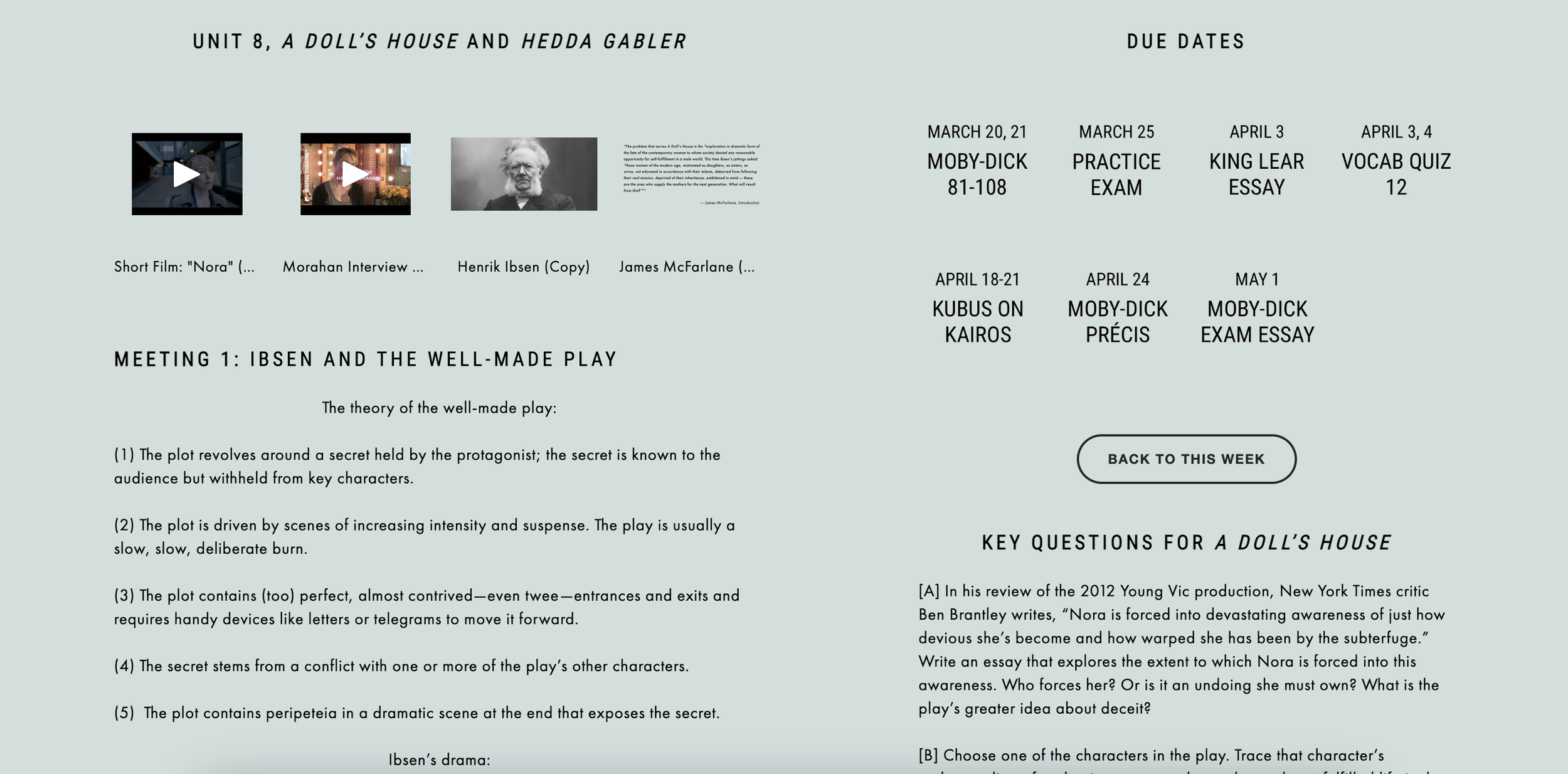unit 5: war and peace
MEETING 1: ALL’S WELL THAT ENDS WELL
Timm, “Decembrists at Peter’s Square”
Today begins an ambitious new project. My hope is that everyone is rested and ready to go; I look forward to undertaking this with you.
What is War and Peace? How do you read it? Let’s start with a little background on the author himself before moving to the opening 6 chapters.
Who were the Decembrists? How did Tolstoy come to write about the generation of his grandparents when he had originally planned to set the novel in 1858?
What kind of a place is the ballroom of Anna Pavlovna Scherer? What are your initial impressions of some of the first characters we meet? What do you make of Andrei, the opening’s most enigmatic character? And Pierre? How does Tolstoy seem to build human beings rather than characters?
Homework: Read Book One, Part One, Chapters 7-15, Pages 37-66 during which you’ll first be introduced to the Rostovs.
MEETING 2: Carlyle and Schopenhauer
In his lecture series “On Heroes, Hero-Worship, and the Heoric in History,” Thomas Carlyle, states, “The History of the world is but the Biography of Great Men… Universal History, the history of what man has accomplished in this world, is at bottom the History of the Great Men who have worked here. They were the leaders of men, these great ones; the modellers, patterns, and in a wide sense creators, of whatsoever the general mass of men contrived to do or to attain; all things that we see standing accomplished in the world are properly the outer material result, the practical realisation and embodiment, of Thoughts that dwelt in the Great Men sent into the world: the soul of the whole world's history, it may justly be considered, were the history of these.”
Tolstoy responds, “In historical events great men-so called-are but the labels that serve to give a mane to an event, and like labels, they have the last possible connection with the event itself. Every action of theirs, that seems to them an act of their own free will, is in an historical sense not free at all, but in bondage to the whole course of previous history, and predestined from all eternity.”
Who do Pierre and Andrei agree with so far in the novel? Do they think that one individual can bring about great change?
Schopenhauer takes it a step further. To paraphrase, Schopenhauer argues that history is not made to happen by tsars or great kings or generals or great thinkers or great men but is made to happen by infinitely many actions by billions of people.
Let’s turn to the Rostovs.
Homework: Read Book One, Part One, Chapters 16-21, Pages 66-93.
MEETING 3: russian names and the death of count bezukhov
What’s the best sentence, paragraph, or short selection in this section? Why?
The bulk of today’s chapters concern the death of Count Bezukhov and the behind-the-scenes scheming of Katishe, Vasili Kuragin, and Anna Mikhailovna Drubetskaya. What is each trying to achieve, as far as you can tell? Is Pierre completely oblivious as to what’s happening and to what happens to him once the old Count dies?
Why do you think Catherine the Great makes so many appearances in this section? Are we meant to think about her presence and the dying Count’s association with her?
Homework: Read Book One, Part One, Chapters 22-25, Pages 93-118.
MEETING 4: farewell, andrei. dieu sait quand reviendra.
An icon similar to the one Marya gives to Andrei
In the latest section, we’re introduced to the remaining principal characters of the novel, Prince Nikolai Bolkonsky, Marya Bolkonskaya, and Madame Bourienne. Let’s finish our initial characterizations of the main figures with the these three. If you wanted to tell someone about the Prince or Marya, what would you say? Those students in charge of those characters should take us to a few passages.
Your reaction to the letters? I think they’re insipid, but we do learn a few interesting details of plot we need to discuss.
Chapter 25 is a treasure trove. We will use it to practice prose analysis and thesis construction.
“Against your will He will save and have mercy on you and bring you to Himself, for in Him alone is truth and peace.”
If we have time at the end, we’ll practice one more prose MCQ set.
Homework:
Priorities for the Impending Perennial Protracted Pause:
(1) Have a very Merry Christmas! Enjoy the time with family and friends. Rest!
(2) While you do not have to watch the excellent video to the right in order to understand fully the events of Parts Two and Three of Book One, it will definitely help. Watching the video about the Battle of Austerlitz, often dubbed Napoleon’s masterpiece, will make following the events of these pages much easier. Set aside 16 minutes and watch before you begin reading.
Map-lovers, historians, you might find these helpful:
(3) Read Book One, Parts Two and Three, Pages 119-313. Break it up into small parts. Be disciplined! Use your resources: the website, the reading guide, the chapter guide. Gents, there will be an assessment after each of the 5 Books. Be ready. You can do this. Part Two might drag; Part Three will move.
due DATES
FALL semester EXAM, 12/15, 8:15-9:50
15 MC Questions (8 Poetry, 7 Prose) — 15 minutes
Prose Analysis (War and Peace) — 40 minutes
Literary Argument (Shakespeare) — 35 minutes
CURRENT TEXT TO HAVE DAILY
historical minutiae
Interactive Google Map of the novel
Our translators, Louise and Aylmer Maude















